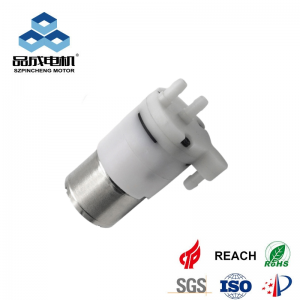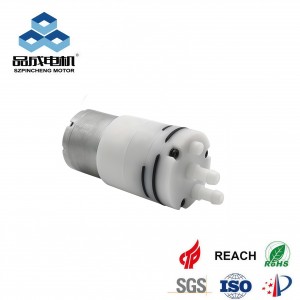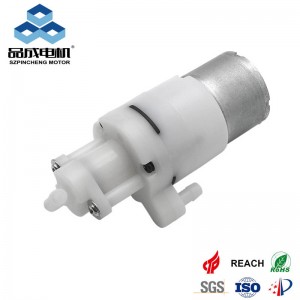The Science Behind the Foam: Why Viscosity Matters
To understand why thick liquids are problematic, we must first look at how a Micro Foam Pump works.
-
Dual-Action Intake: When you press down on the pump, it creates a vacuum that simultaneously draws a precise amount of liquid and a large volume of air.
-
Mixing Chamber: The liquid and air are forced into a small mixing chamber.
-
Aeration via Mesh Screen: This air-liquid mixture is then pushed under pressure through a very fine mesh screen. This screen is the heart of the pump—it shreds the liquid film, trapping air in millions of tiny bubbles to create a stable foam.
High-viscosity liquids disrupt this delicate process:
-
Clogging the Mesh: The thick, dense molecules of a viscous liquid cannot easily pass through the tiny apertatures of the mesh screen. This leads to immediate clogging.
-
Straining the Mechanism: The internal spring and piston are calibrated for the low resistance of watery liquids. A thick liquid creates excessive back-pressure, making the pump difficult to press and potentially damaging the internal seals over time.
-
Poor Air-to-Liquid Ratio: The pump cannot draw the correct ratio of liquid to air. The result is often a weak, wet, and bubbly liquid that collapses instantly, rather than a stiff, shaving-cream-like foam.
-
Incomplete Priming: The pump may fail to prime altogether, meaning it cannot draw the liquid up the dip tube, resulting in no product being dispensed.
What Liquids Are Suitable for a Standard Foam Dispenser Pump?
For optimal performance, a standard Compact Foam Pump is designed to work with low-viscosity, watery solutions. Ideal products include:
-
Liquid Hand Soap (diluted with water)
-
Body Wash (diluted)
-
Face Cleansers
-
Hand Sanitizer (alcohol-based, non-gel)
-
Dish Soap (diluted)
The Golden Ratio: A safe and effective mixture is typically 1 part concentrated product to 3 or 4 parts water. Always check your product's instructions for specific dilution guidelines.
Are There Alternatives for High-Viscosity Products?
If you need to dispense a thicker product, a standard Micro Foam Pump is not the solution. However, you have excellent alternatives:
-
Lotion Pumps: These are designed specifically for high-viscosity creams and lotions. They feature a wider intake hole, a larger piston chamber, and no aerating mesh screen, allowing the product to flow through smoothly and be dispensed as a liquid.
-
Cream Soap Pumps: Some pumps are designed for non-foaming, thicker liquid soaps. They offer a more luxurious dispense of an undiluted product.
-
Specialized Industrial Foam Pumps: For commercial or industrial applications requiring foam from viscous materials, there are heavy-duty, often motorized, pumping systems. These are not typical for home use and are much more expensive.
you like also all
Read More News
Post time: Sep-29-2025




